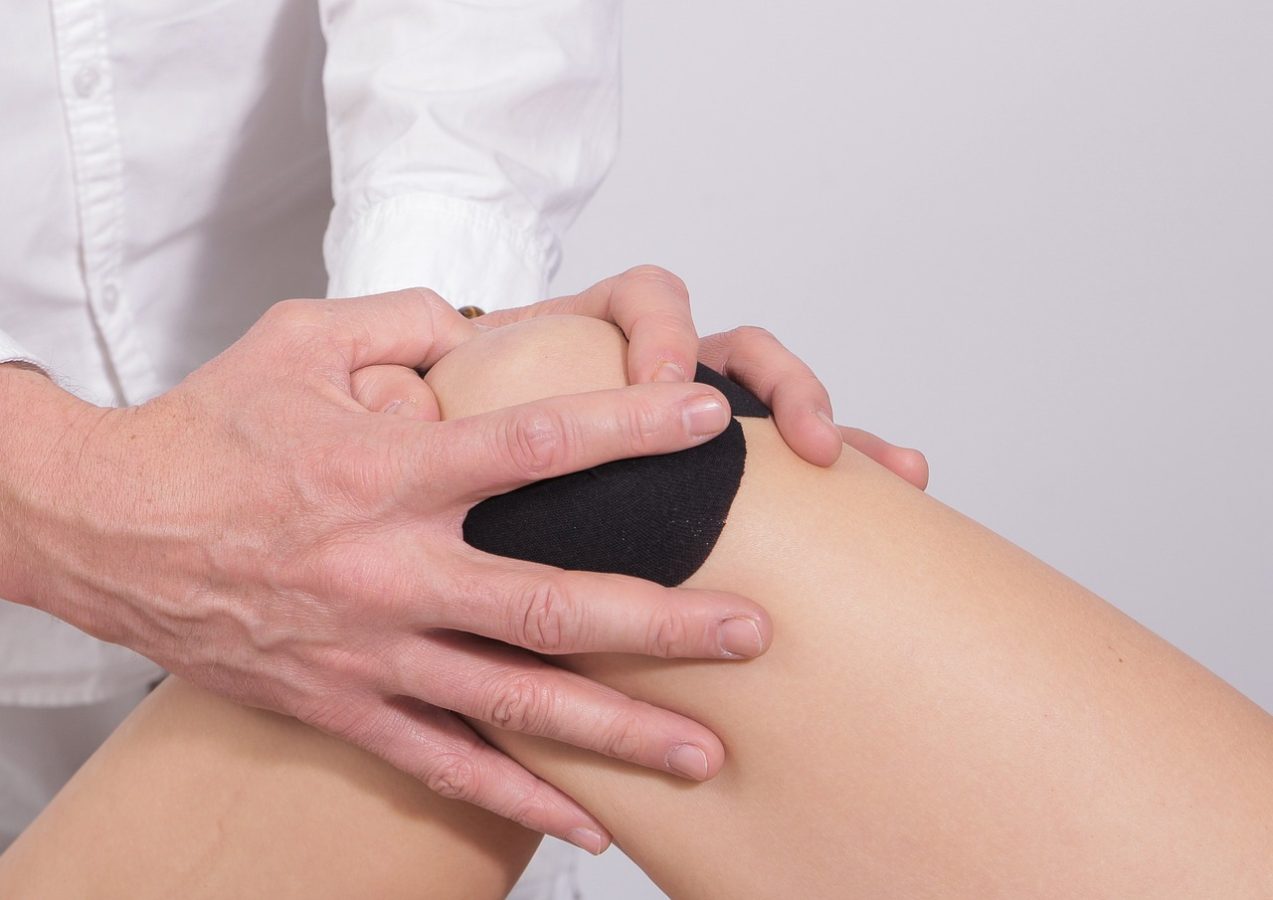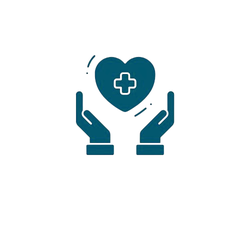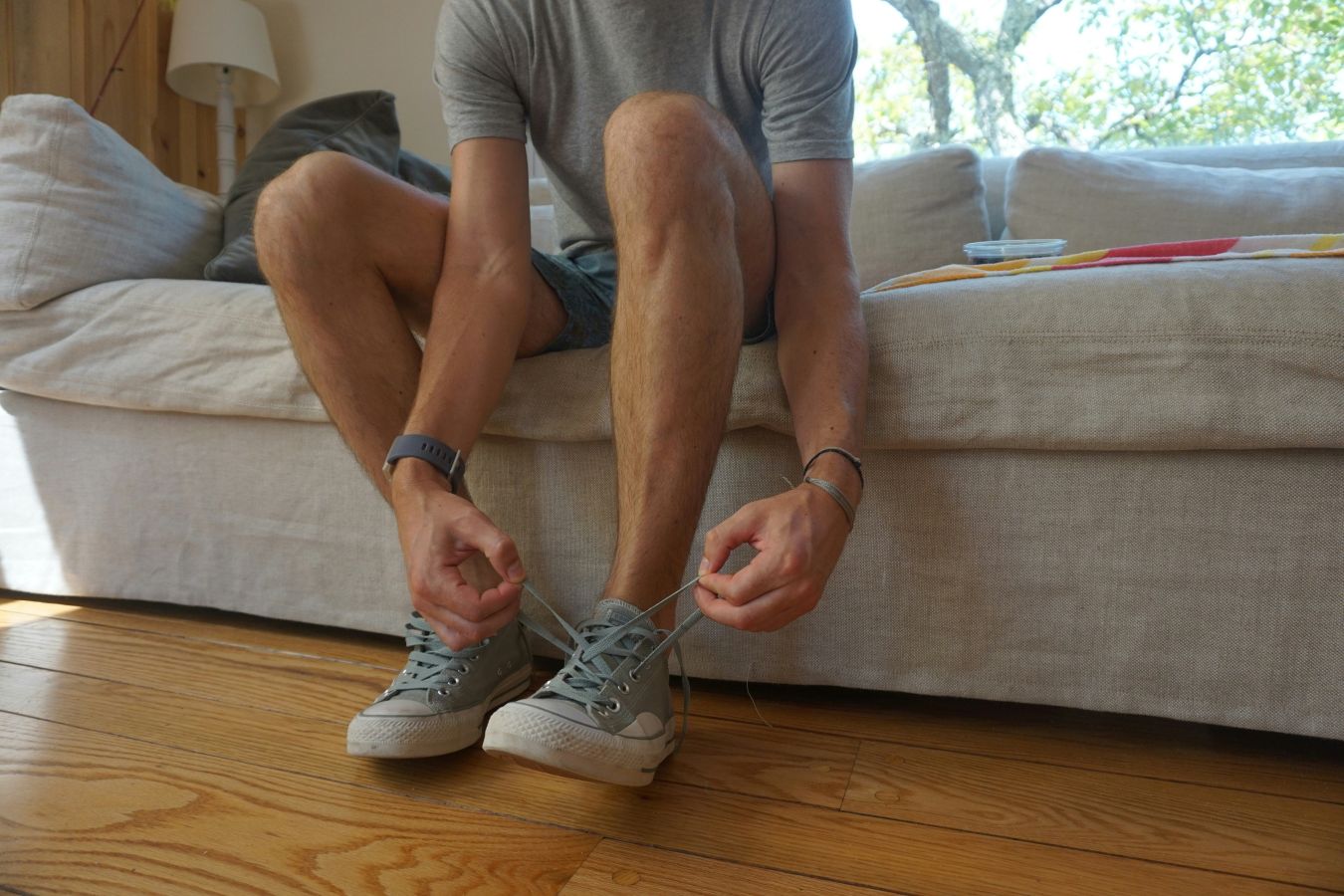Quick Answer
The common causes of knee joint pain at 40 include early osteoarthritis, past injuries, excess weight, weak supporting muscles, training spikes, poor footwear, and long sitting. Addressing strength, activity, and load management early prevents long-term damage.
Quick Action Plan
- Audit daily load: steps, stairs, sitting time, shoes; remove obvious irritants for two weeks.
- Train 4 days/week: two strength sessions (quads, glutes, hamstrings, core) plus two low-impact cardio days.
- Seek care if pain persists >2 weeks or with swelling, night pain, locking, or instability.
Sources: Harvard Health, Mayo Clinic, NIH/NIAMS
Turning 40 often reveals patterns that your knees tolerated in your 20s: long hours sitting, occasional sprint workouts, unsupportive shoes, or an old sports injury that never fully healed. The common causes of knee joint pain at 40 are rarely “mystery problems.” Most are predictable, manageable, and — with the right plan — reversible. This guide breaks down the major causes, how to spot them, and what to do next so discomfort does not become a lifelong limitation.
What are the primary common causes of knee joint pain at 40?
Early osteoarthritis, prior injuries, excess weight, weak muscles, and load errors are most common.
Cartilage thins gradually with age, but pace and symptoms vary. A past meniscus or ligament injury can reduce joint resilience. Added body weight multiplies force across the knee in every step. Weak quads and glutes shift stress to passive tissues. Finally, load mistakes — big jumps in running distance, hills after a layoff, or many stairs in unsupportive shoes — can inflame otherwise quiet joints.
Is osteoarthritis a leading cause at this age?
Yes — early osteoarthritis often appears in the 40s with activity-related ache and brief stiffness.
Typical signs include deep, mechanical pain during or after activity, morning stiffness that eases with movement, and discomfort on stairs or after sitting. Imaging is not always necessary early; strength training and load management frequently calm symptoms. Persistent night pain, visible swelling, or locking warrants evaluation.
How do past injuries cause knee joint pain at 40?
Old meniscus or ligament injuries can alter mechanics and accelerate wear.
A youthful twist on the soccer field or a ski fall may leave subtle deficits. Years later, reduced shock absorption or minor instability increases stress on cartilage and tendons. Strengthening the posterior chain and hip stabilizers, improving single-leg control, and using graded return-to-impact reduce flare-ups rooted in old injuries.
Does body weight meaningfully increase knee pain risk?
Yes — extra kilograms magnify joint load with every step and stair.
Even modest weight loss yields outsized relief because the knee experiences several times body weight during walking and stairs. Combining protein-adequate nutrition with regular strength and low-impact cardio helps reduce pain while preserving muscle mass.
Can weak quads and glutes be a hidden driver?
Yes — weak extensors and hip stabilizers increase joint stress and poor tracking.
When the front-thigh muscles tire early or the hips fail to control knee position, the kneecap may track poorly and irritate joint surfaces. Focus on sit-to-stand, wall sits, step-ups, bridges, hamstring curls, and side-lying leg raises. Progress gradually and keep technique crisp to build durable support.
How do training spikes and overuse contribute?
Large, sudden increases in load inflame cartilage, tendons, and supporting tissues.
Common patterns include jumping from zero to daily runs, adding hills and sprints together, or long hikes after months at a desk. Cap weekly increases to about 10%, rotate hard and easy days, and stop sets with 1–2 reps in reserve to protect tissues while still improving.
Do shoes and walking surfaces matter?
Yes — unsupportive footwear and hard or cambered surfaces increase irritative load.
Worn soles change alignment. Hard concrete and steep cambers shift stress to the inner or outer knee. Replace shoes regularly, match footwear to activity, and vary terrain. Simple inserts or a knee sleeve can add short-term comfort while you rebuild capacity.
Can long sitting and desk work cause knee joint pain at 40?
Yes — prolonged sitting stiffens joints and weakens key muscles.
Hours at a desk reduce blood flow and shorten hip flexors. The fix is simple and powerful: stand up every hour, walk for two minutes, and add five minutes of mobility in the afternoon. Short movement snacks prevent the “stand up and ache” pattern many people feel at 40.
What about alignment and mobility issues?
Limited ankle and hip motion can force the knee to move poorly and hurt.
Stiff ankles limit squat depth and drive the knee inward; tight hips reduce shock absorption. Gentle mobility for calves, hamstrings, and hips improves mechanics and reduces stress at the knee itself. Combine mobility with strength so new ranges become usable in daily life.
Do hormones or metabolism play a role at 40?
They can — midlife hormonal shifts influence muscle, recovery, and inflammation.
Perimenopause in women and gradual hormonal changes in men can reduce muscle mass and alter recovery. The practical response is consistent resistance training, protein-adequate meals, good sleep, and gradual load increases, which together counteract these shifts.

Which simple tests reveal your personal cause?
Use four screens: sit-to-stand, step-down, single-leg balance, and comfortable squat depth.
If sit-to-stand causes pain or wobble, train quads and glutes with easier ranges. If step-down shows the knee collapsing inward, add hip abductor work and lighter step height. Poor single-leg balance suggests stability deficits. Limited squat depth points to ankle or hip mobility work. These clues target the real cause instead of guessing.
What weekly plan helps most across common causes?
Two strength days, two low-impact cardio days, and one mobility session.
Example: Mon — Strength A (sit-to-stand 3×10, bridges 3×12, step-ups 3×8/leg) • Wed — Cycling or brisk walk 20–30 min • Fri — Strength B (wall sits 3×30–45 s, hamstring curls 3×12, side-lying leg raises 3×12/side) • Sun — Easy walk 20–30 min + mobility. Add 1–2 reps per set weekly or 5–10 seconds to holds. Keep soreness ≤3/10 and improving across weeks.
When is it time to see a doctor?
When pain lasts >2 weeks, or if there is swelling, night pain, locking, or instability.
After trauma with a pop, fast swelling, or difficulty bearing weight, get urgent evaluation. Otherwise, graded activity, strength, and footwear fixes come first; imaging is reserved for stubborn or complicated cases. Early, targeted guidance saves months of trial-and-error.
Related Articles
- Knee Joint Pain at 40
- Early Signs of Knee Joint Pain at 40
- Best Exercises for Knee Joint Pain at 40
- Knee Problems at 40
- Hip Joint Pain at 40
Act Early to Protect Your Knees
Most common causes of knee joint pain at 40 respond to consistent, simple steps. Audit load, fix footwear, and train key muscles. Keep sessions short and repeatable. If red flags appear, get assessed early and return to training with a smarter plan.
FAQ: Common Causes of Knee Joint Pain at 40
Is arthritis the most common cause at 40?
It is one of the most common causes, typically presenting with activity-related ache and brief morning stiffness.
Will losing weight really help my knees?
Yes — even a modest loss reduces joint load and often reduces pain on stairs and longer walks.
Do I need an MRI for early knee pain?
Usually no. Start with graded strength and load changes; imaging is reserved for trauma, locking, or persistent symptoms.

